Surface Disinfection Compatibility Part 1: What Is It?
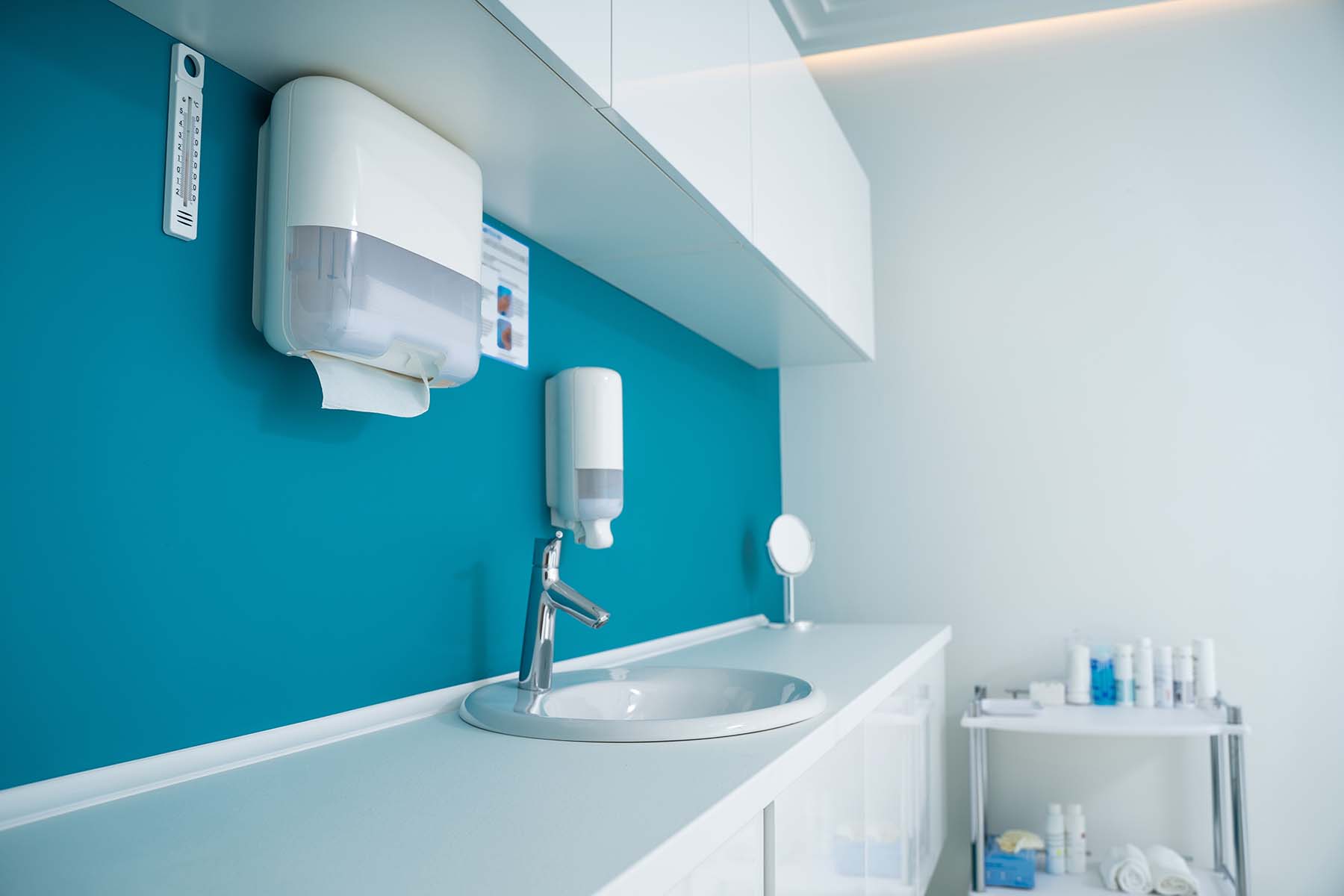
Improperly disinfected surfaces in healthcare facilities are a leading cause of healthcare-acquired infections (HAIs), which kill a person every 5 minutes in the U.S. In response, many training programs exist to teach environmental service professionals how to clean and disinfect hospitals effectively. And science has provided insight into which disinfectants kill dangerous microbes. So, how is surface contamination still a problem?
Disinfecting a surface is more complex than you’d think. To determine if a surface can be properly disinfected requires knowledge of surface disinfection compatibility.
At a high level, surface disinfection compatibility tells us if you can use a specific disinfectant to disinfect a particular surface material. In practice, however, disinfectants cause damage to many different types of surface materials, creating microbial reservoirs that harbor deadly microbes and making it difficult – if not impossible – to effectively disinfect the damaged surface again.
What surface disinfection compatibility issues look like
We need to understand surface disinfection compatibility to ensure that we don’t cause damage that makes surfaces more dangerous when we disinfect them. These images show how microscopic pits, cracks, and fissures caused by disinfectants create an environment for microbes to form and proliferate that can’t be effectively disinfected. Contact with these damaged surfaces allows pathogens to transfer to other surfaces, patients, and healthcare workers.
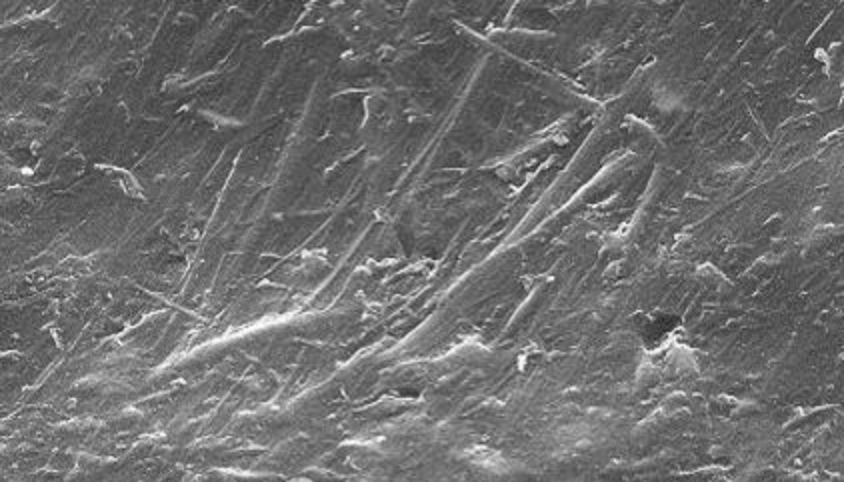
Micrograph of a new laminate surface
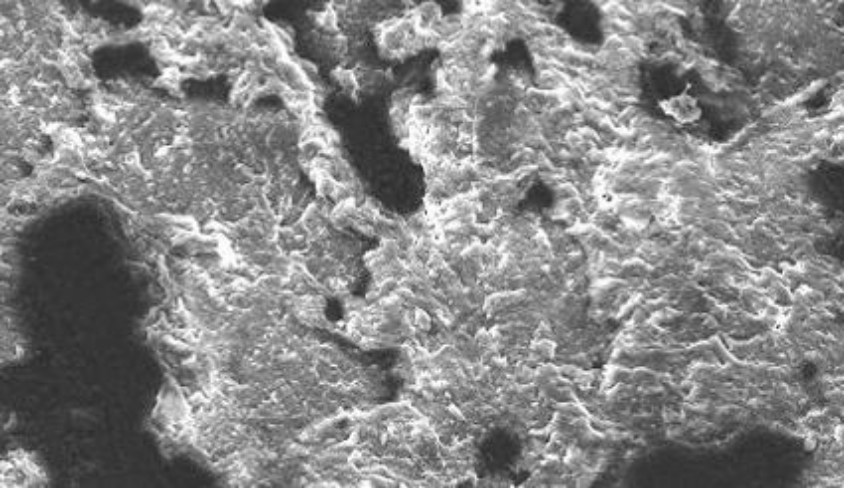
Surface damage after a single cleaning
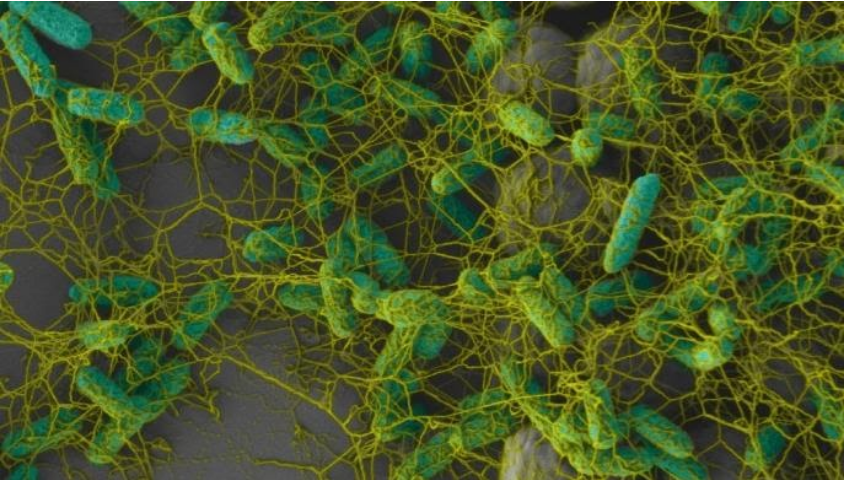
The flagella of E. coli enable the bacteria to attach to a damaged surface (Scanning electron micrograph by Ronn Friedlander and Michael Bucaro)
The systemic problems we face in addressing surface disinfection compatibility
Damage to surfaces begins at the microbial level, and disinfectants are the primary reason for the damage. Issues with surface disinfection compatibility in healthcare are costly and deadly. We need to address these problems to reduce the spread of HAIs via contaminated surfaces:
- There are no regulatory or other guidelines that require minimum testing of surface materials or products to validate what products can be used for cleaning and disinfection.
- There are no standard cleaning and disinfection guidelines to work from that would establish testing of surfaces for disinfection compatibility.
- Due to a lack of standards and guidelines for testing, manufacturers often provide instructions for use (IFUs) or care and maintenance guidance that is not applicable in healthcare.
- During the design phase of product development or design for any given built environment, surfaces and products are selected without reviewing IFUs or cleaning and disinfection care and maintenance guidelines.
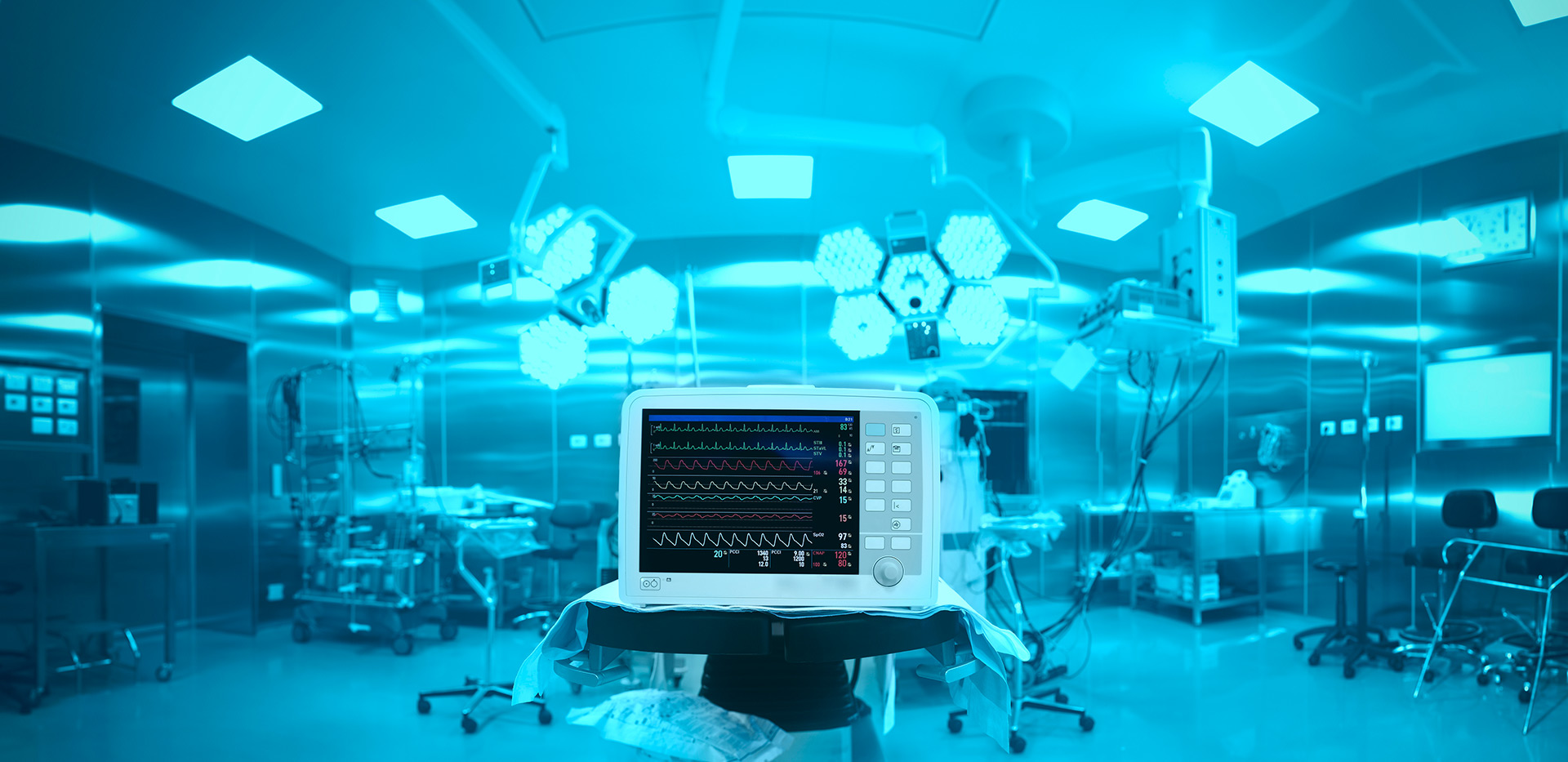
Surface disinfection compatibility affects the surfaces of medical devices
A real-world example of surface disinfection incompatibility
In a recent case study co-published by HSI and AHVAP, use of a bleach-based disinfectant was causing damage to a specific medical device widely used in patient care areas across a large midwestern U.S. hospital. The hospital’s Infection Prevention & Control (IP&C) disinfection guidelines are incompatible with the only validated cleaning method prescribed by the medical device manufacturer. As a result, the hospital must continue to disinfect the devices in a manner that causes damage, necessitating an ongoing repair and replacement service program with the medical device manufacturer.
Over two years, this surface disinfection compatibility issue cost the hospital over $4 million. The medical device manufacturer incurred $140,000 in costs for replacements and surface compatibility testing.
This case study showed how a lack of information and communication about surface disinfection compatibility put lives at risk at a high financial cost. It also illustrated why we need standards and guidelines for surface disinfection compatibility compliance.
Challenge accepted! HSI is currently developing surface material and products certification programs to test products against all hospital-grade EPA registered disinfectants, which will be released throughout the year. If you are interested in learning more about the program as we get closer to launch, please sign up for our email newsletter for updates.
Next, read Surface Disinfection Compatibility Part 2: Selecting Surface Materials, where we discuss how to choose surface materials and products for the healthcare environment that can be effectively cleaned and disinfected.
Part 3 is also available here: Surface Disinfection Compatibility Part 3: Costs of “Incompatibility” in Healthcare
As a 501(c)(3) non-profit organization, we rely on donations to save lives. We need your help.
Please consider donating, becoming a member, or exploring corporate sponsorship through your workplace today.

